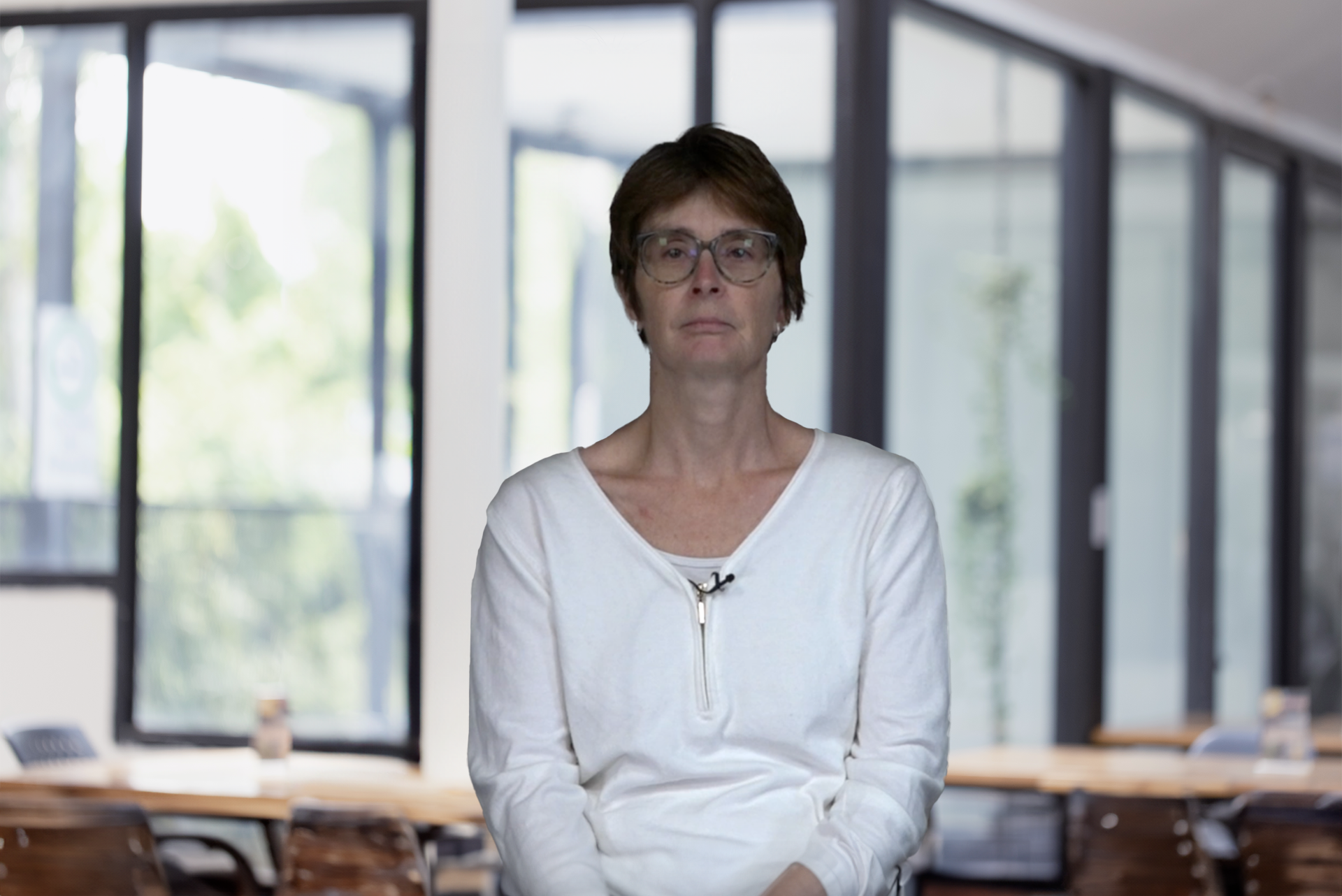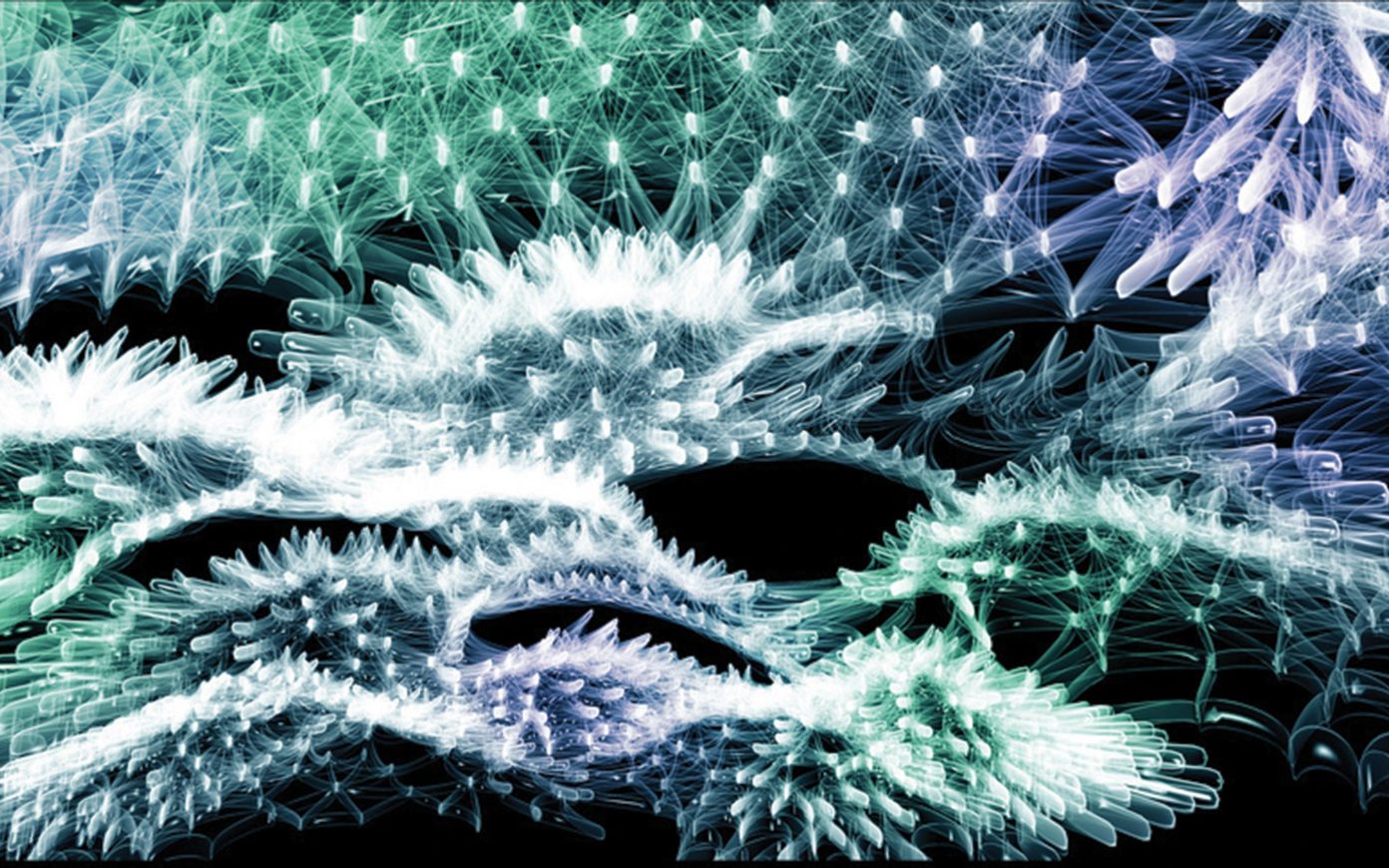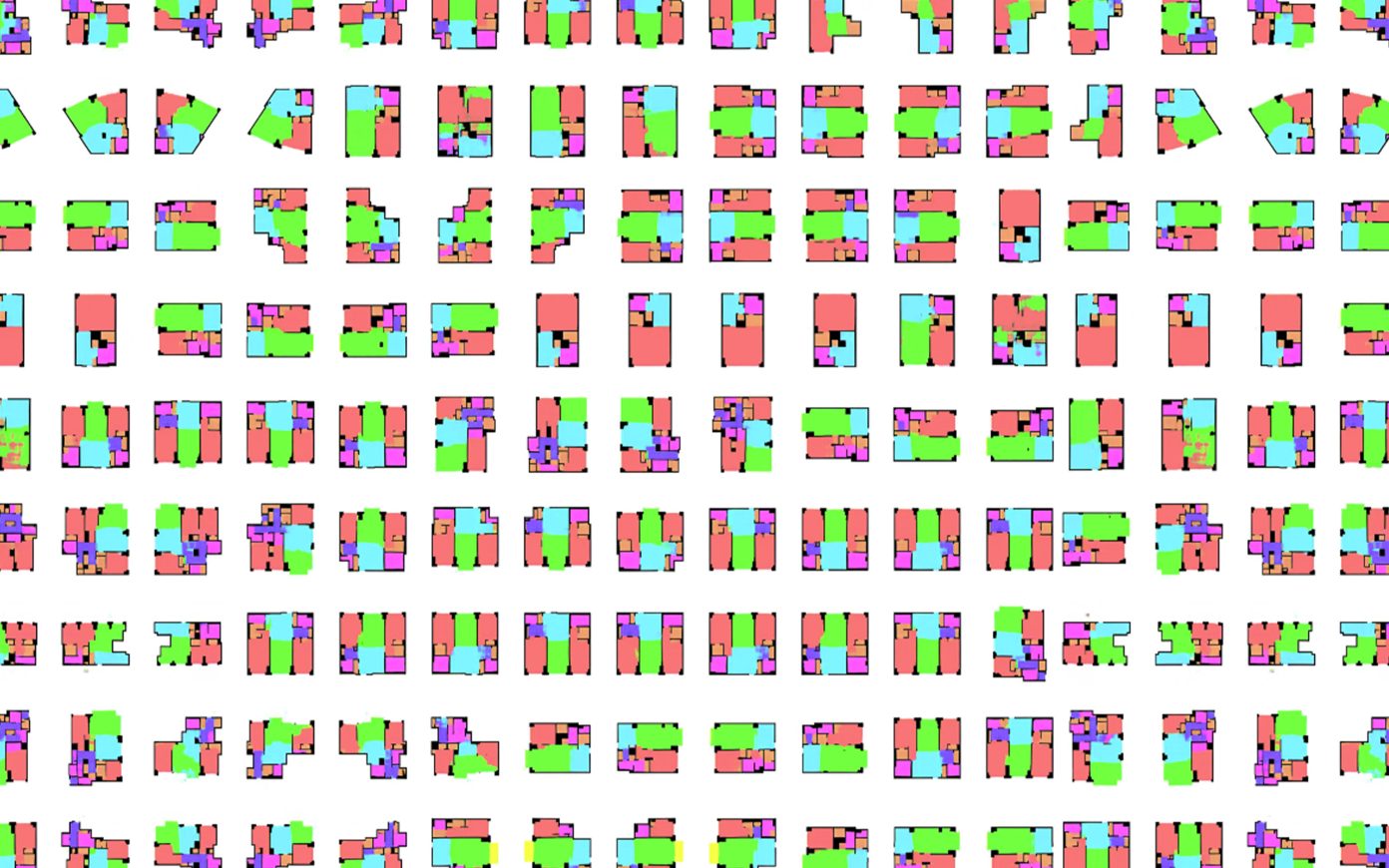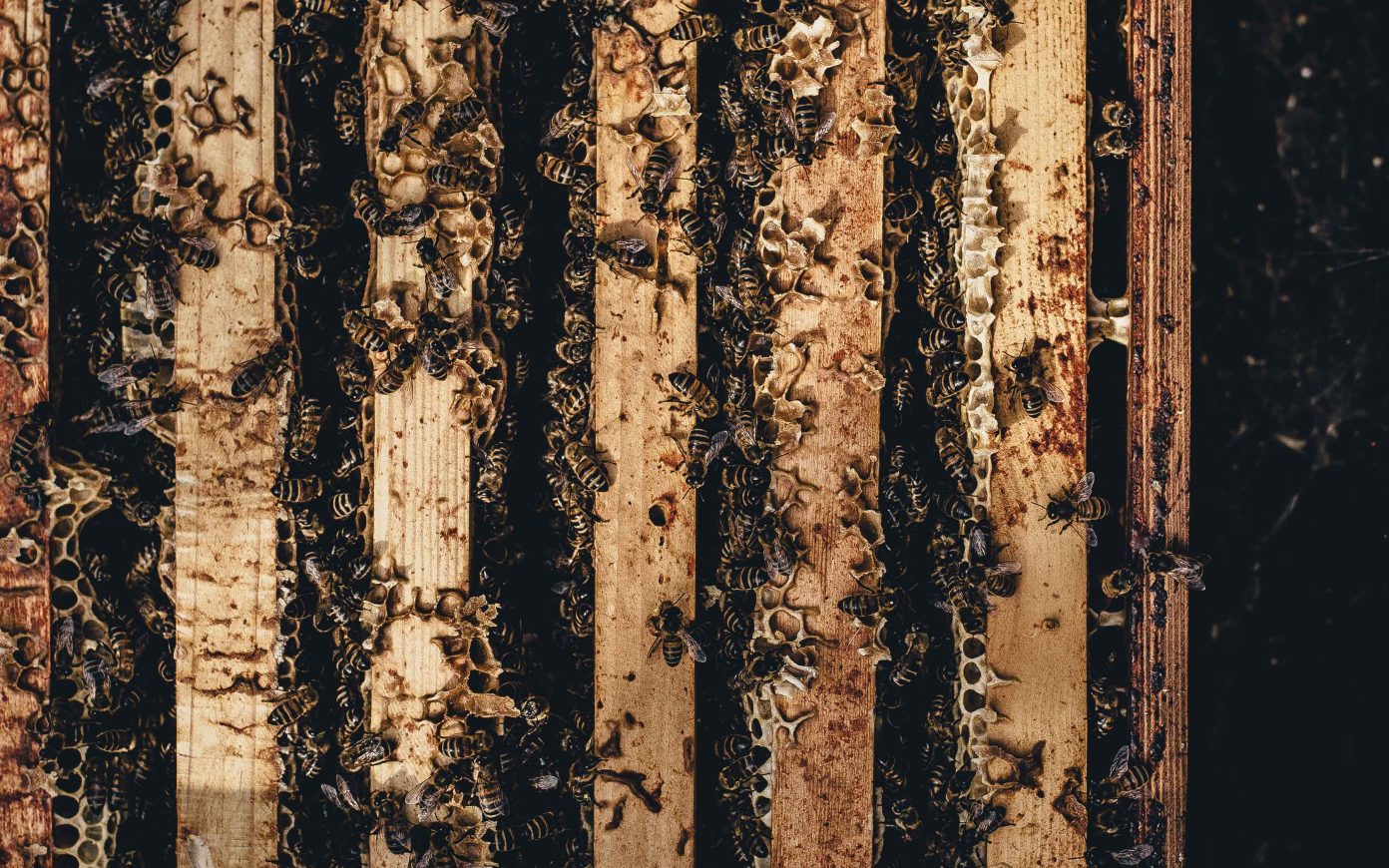Complexity, multiplicity, and adapatation within ecosystems
Contemporary architectural research is often fascinated by biological life but with an approach that goes beyond simple organic metaphors thanks to recent technological developments. Alisa Andrasek discusses the link between biology and her architectural practice, and her interest in the distribution of information in natural processes—a complexity that she tries to approach via big data. Her work in computational design is influenced by the convergence between information and materials, in an increasingly complex and open synthesis which enables it to go beyond the production of form and address the dynamic processes of matter itself. Alisa Andrasek is an architect, director and founder of the Biothing laboratory. She teaches at the Architectural Association of London.




